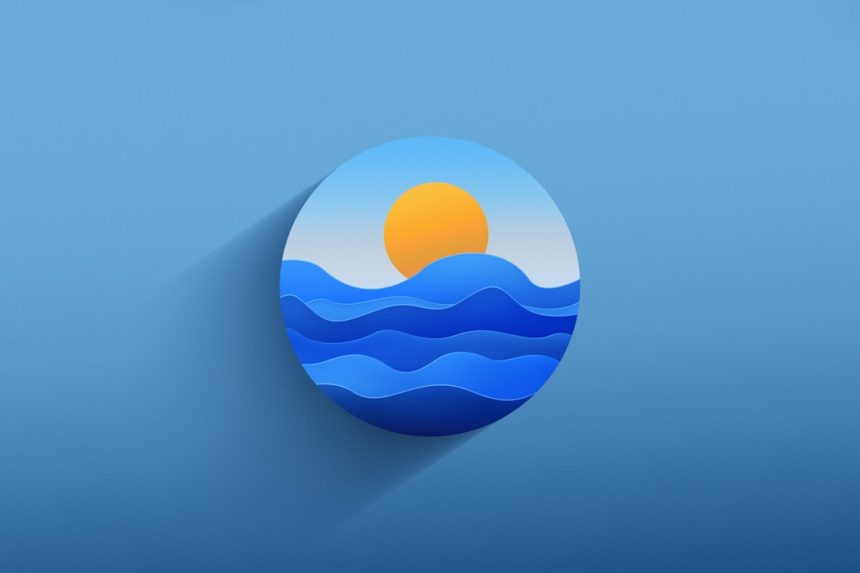Choosing the right technology for developing an iOS eCommerce app is a mission-critical decision that can significantly affect scalability, maintenance, performance, and user experience. Two of the most popular choices are Flutter and Swift. Both platforms come with their own sets of strengths and limitations, and the best choice often depends on your goals, development timeline, and available resources. In this article, we’ll compare Flutter and Swift to determine which is better suited for building robust and user-friendly iOS eCommerce applications.
Understanding Flutter and Swift
Flutter is an open-source UI toolkit developed by Google that allows developers to build natively compiled applications for mobile, web, and desktop from a single codebase. It uses Dart as its programming language.
Swift, on the other hand, is Apple’s official language for iOS development. It is a powerful, native programming language designed to work seamlessly with the Apple ecosystem, offering smooth performance and extensive API support.
1. Development Speed and Cost
In eCommerce, where time-to-market is crucial, development speed can be a significant deciding factor.
- Flutter: Offers faster development thanks to its “hot reload” feature, allowing developers to see changes in real-time without restarting the app. Additionally, the single codebase can be used for both iOS and Android, reducing development costs.
- Swift: Since Swift is native to iOS, development might take longer if you’re planning to build apps for multiple platforms separately. However, the native performance and ecosystem integrations can offset the development time in the longer run.
Verdict: For startups or businesses looking for accelerated development and cross-platform capabilities, Flutter provides a notable advantage.
[ai-img]flutter development, ios app, code snippet[/ai-img]
2. Performance
Performance is critical for eCommerce apps that often involve high user interactions, real-time updates, and payment gateway integrations.
- Swift: Delivers high performance since it compiles directly to native ARM code and leverages all iOS device capabilities. Swift apps typically offer smoother animations and faster loading times.
- Flutter: Although not truly native, Flutter’s performance is surprisingly close to native thanks to its Skia rendering engine. However, performance can slightly dip for graphics-intensive or CPU-heavy operations.
Verdict: If your primary market is iOS and performance is a top concern (especially for graphics, augmented reality, or animations), Swift is the more reliable choice.
3. UI/UX Customization and Native Features
eCommerce apps require eye-catching designs and seamless user interactions to retain customer engagement. This makes UI/UX customization crucial.
- Flutter: Offers a rich set of customizable widgets and supports Material Design and Cupertino styles. Developers can create consistent UI across platforms, though mimicking native iOS elements may require additional effort.
- Swift: Gives you full access to iOS APIs and native components, allowing for the creation of intricate and highly responsive interfaces that align perfectly with the iOS design language.
Verdict: While Flutter offers near-native components, Swift holds an edge for pixel-perfect design and leveraging iOS-specific features like Core Animation, ARKit, or Face ID.
[ai-img]ux design, ios native app, ecommerce interface[/ai-img]
4. Ecosystem and Community Support
Flutter: Growing rapidly with an active developer community and a wide array of plugins. However, certain iOS-specific features may require custom bridging with native Swift or Objective-C.
Swift: Being the native language, it benefits from well-maintained Apple documentation, tools like Xcode, and comprehensive integration with iOS SDKs.
Verdict: Flutter fares well for general use cases, but for deeply integrated iOS functionalities, Swift offers unmatched support and stability.
5. Maintenance and Scalability
As your eCommerce platform grows, maintainability and scalability become essential.
- Flutter: Single codebase simplifies updates and bug fixes across platforms, but third-party dependencies may introduce compatibility issues after major framework updates.
- Swift: Being tightly coupled with the Apple ecosystem, Swift benefits from long-term support and native tool upgrades provided by Apple.
Verdict: Swift may require a larger upfront investment but offers more sustainable support for iOS-exclusive applications in the long run.
Final Thoughts: Which Should You Choose?
There’s no one-size-fits-all answer. The better option between Flutter and Swift simply depends on your business requirements and long-term plans:
- If you need a cross-platform solution, rapid development, and cost-efficiency, Flutter is a strong contender.
- If you aim to deliver a high-performing, deeply integrated iOS app and cost is not a limiting factor, Swift is the way to go.
For businesses focused solely on the iOS platform with an emphasis on high-end performance, biometric integrations, or AR features, Swift is undeniably more adept. On the other hand, Flutter provides more flexibility and is ideal for MVPs and projects targeting both Android and iOS with a unified codebase.
In the ever-evolving landscape of mobile commerce, making a data-driven and project-tailored decision between Flutter and Swift can ensure not only a smoother development process but also long-term customer satisfaction.











